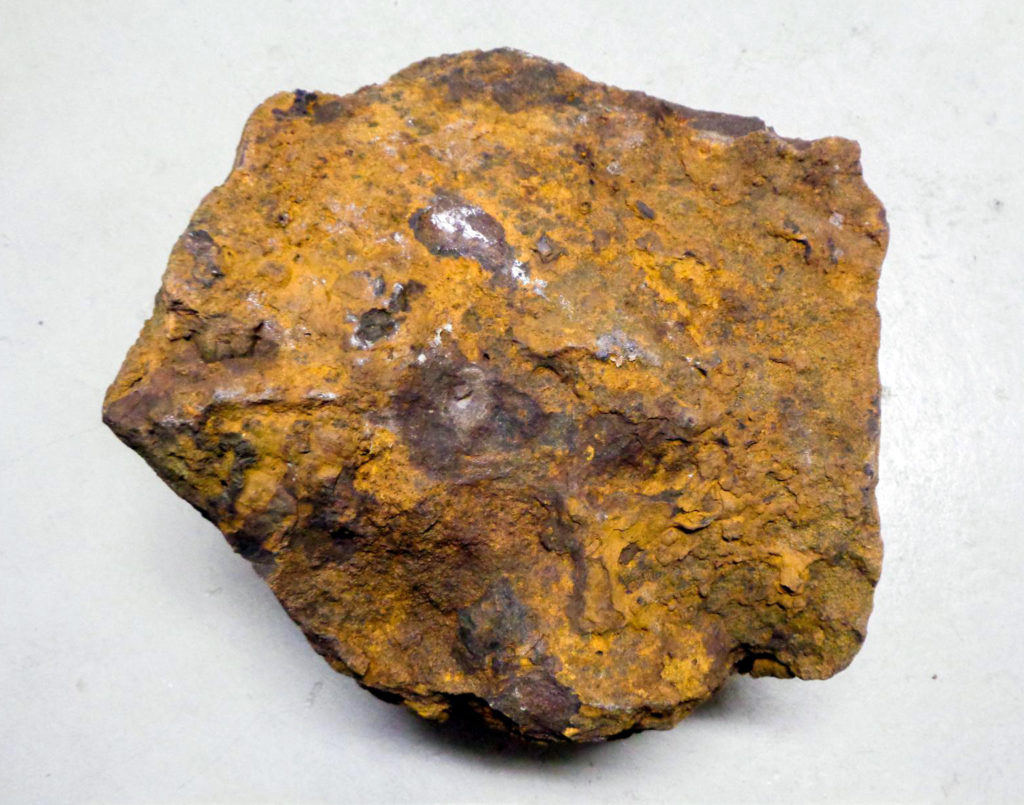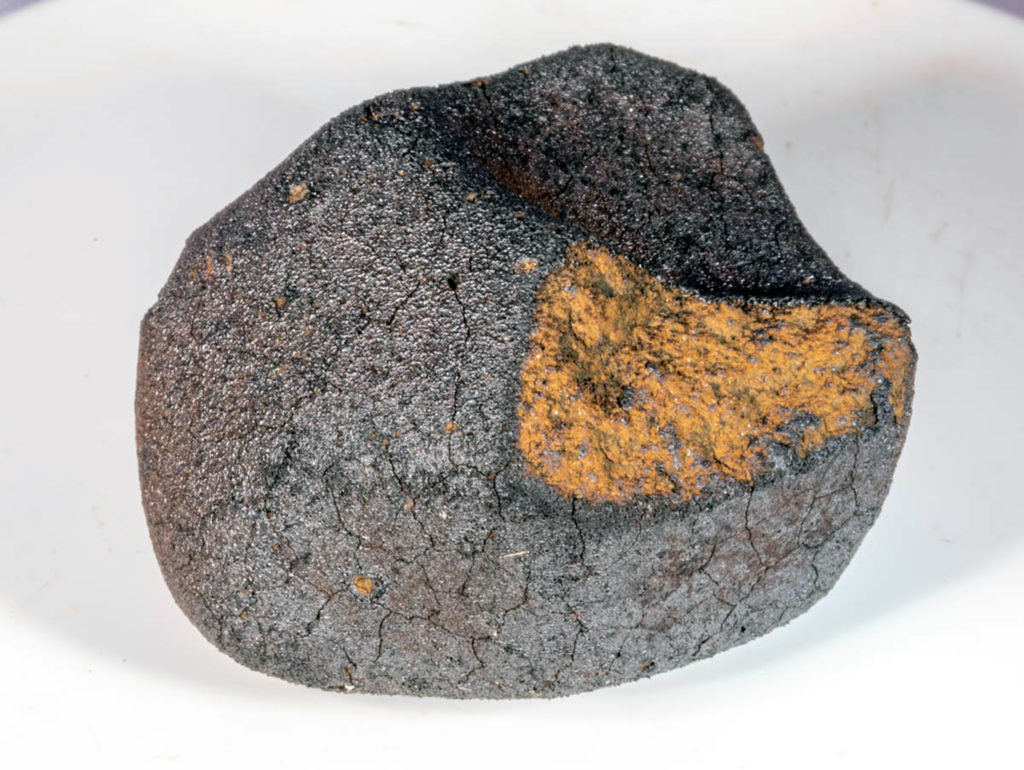Statistical and probabilistic analysis of meteor and superbolide observations from ground and space platformsOPEN ACCESS
Alberto S Betzler
Monthly Notices of the Royal Astronomical Society, staf673
Published: 24 April 2025
“This study analyzes the positional and physical data of meteors and superbolides observed by the ground-based BRAMON network and the U.S. government’s space-based sensors and GOES satellites to identify biases in the databases and parameters that distinguish these populations. The spatial distribution of superbolides from the CNEOS database with impact energy ≥1 kt was found to be uniform, with a global frequency estimate of 5.73 × 10−9 events/km2/year. However, this conclusion does not hold when considering the entire GLM-Bolides dataset associated with confirmed events. For a country the size of Brazil, the expected frequency of events with impact energy ≥1 kt is one every 19â20 years. The distribution of superbolide energy in the CNEOS database, modeled using the Generalized Pareto Distribution, estimates an average recurrence period of one ≥440 kt event every 80 years and one ≥15, 000 kt event every 1,100 years for Chelyabinsk- and Tunguska-like impacts, respectively. A significant negative correlation was found between altitude and the known total weight (KTW) of the meteorites associated with the CNEOS superbolides, suggesting that higher altitudes favor greater fragment dispersion. A comparison of the velocity and altitude distributions between BRAMON meteors and CNEOS superbolides indicates that extreme events such as Tunguska probably do not have a cometary origin.”
































